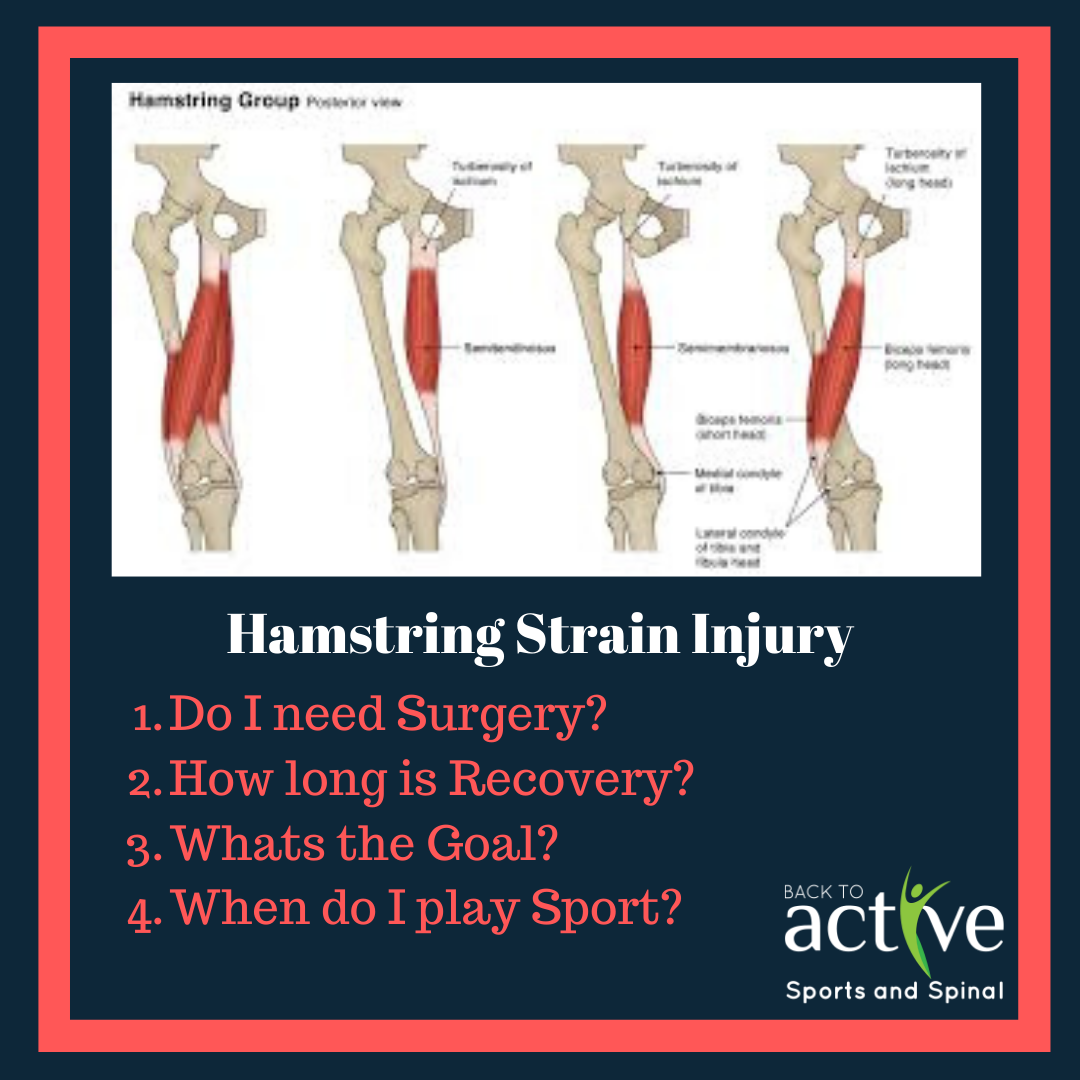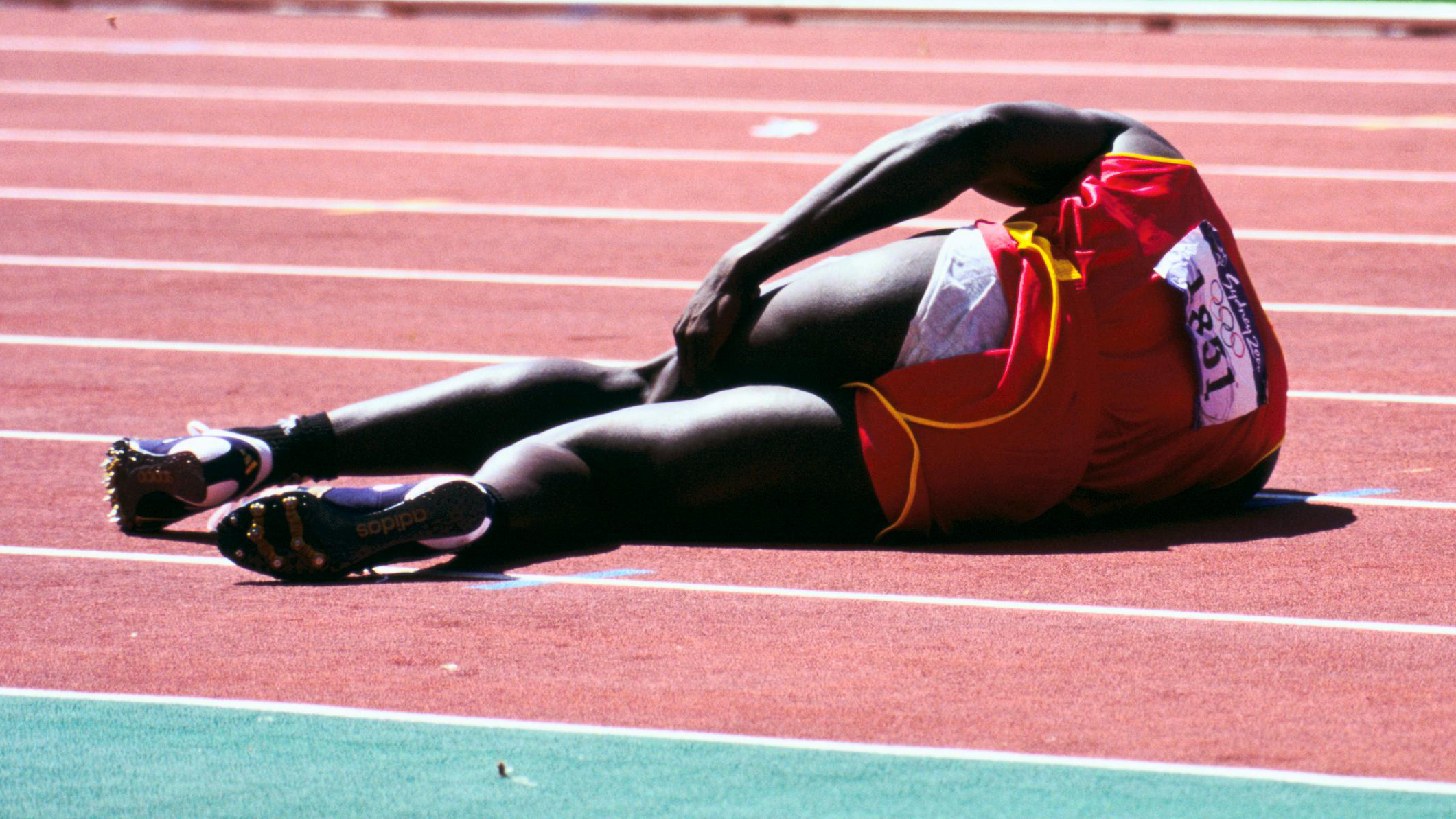Understanding Gibbs Injuries

A Gibbs injury, also known as a Salter-Harris type V fracture, is a severe injury to the growth plate of a bone. It occurs when the growth plate is completely separated from the bone, often due to a significant force or trauma. These injuries are common in children and adolescents, as their growth plates are still developing and more susceptible to damage.
Anatomy of a Gibbs Injury
Gibbs injuries involve the epiphyseal plate, which is a layer of cartilage responsible for bone growth. This plate separates the end of the bone (epiphysis) from the shaft of the bone (diaphysis). The epiphyseal plate is surrounded by a thin layer of periosteum, a membrane that covers the bone. During a Gibbs injury, the epiphyseal plate is completely detached from the bone, along with a portion of the metaphysis (the area just below the growth plate). This detachment can also involve the periosteum, which can lead to further complications.
Types of Gibbs Injuries
Gibbs injuries are classified based on the severity and location of the fracture.
- Type I: The fracture line extends through the growth plate, but the bone remains intact.
- Type II: The fracture line extends through the growth plate and a small portion of the metaphysis.
- Type III: The fracture line extends through the growth plate and a portion of the epiphysis.
- Type IV: The fracture line extends through the growth plate, the metaphysis, and the epiphysis.
- Type V: The growth plate is completely separated from the bone, and a portion of the metaphysis is also detached. This is the most severe type of Gibbs injury and can lead to significant growth disturbances.
Symptoms of a Gibbs Injury
Symptoms of a Gibbs injury vary depending on the severity of the fracture. Common symptoms include:
- Pain at the site of the injury
- Swelling and bruising
- Limited range of motion
- Deformity of the affected limb
- Tenderness to the touch
In some cases, the affected limb may appear shorter than the other limb. If the injury involves a weight-bearing joint, the child may have difficulty walking or putting weight on the affected limb.
Causes of a Gibbs Injury
Gibbs injuries are often caused by direct trauma to the affected area. Common causes include:
- Falls
- Motor vehicle accidents
- Sports injuries
- Direct blows to the bone
These injuries are more common in children and adolescents because their growth plates are still developing and are more vulnerable to damage.
Diagnosis and Treatment

Accurately diagnosing a Gibbs injury is crucial for effective treatment and management. The diagnostic process typically involves a comprehensive evaluation, including a physical examination and imaging tests.
Diagnostic Methods
The diagnosis of a Gibbs injury relies on a combination of clinical assessment and imaging studies.
- Physical Examination: A thorough physical examination by a healthcare professional is essential. This involves assessing the patient’s symptoms, such as pain, tenderness, swelling, and limited range of motion. The doctor will also check for any signs of instability or deformity in the affected joint.
- Imaging Tests: Imaging tests play a vital role in confirming the diagnosis and determining the severity of the injury. Common imaging modalities used include:
- X-rays: X-rays are typically the first imaging test performed. They can reveal bone fractures, dislocations, and other structural abnormalities.
- Magnetic Resonance Imaging (MRI): MRI provides detailed images of soft tissues, including ligaments, tendons, and cartilage. It can help identify ligament tears, tendon injuries, and cartilage damage, which are common in Gibbs injuries.
- Computed Tomography (CT) Scan: CT scans offer cross-sectional images of bones and soft tissues. They can be helpful in visualizing complex fractures and assessing bone alignment.
Treatment Options
The treatment approach for a Gibbs injury depends on the severity and location of the injury. Treatment options range from conservative measures to surgical interventions.
- Conservative Treatment:
- RICE (Rest, Ice, Compression, Elevation): This is the initial treatment for most Gibbs injuries. It helps reduce pain, swelling, and inflammation.
- Immobilization: Depending on the severity of the injury, immobilization with a splint, cast, or brace may be necessary to protect the injured joint and allow healing.
- Pain Medications: Over-the-counter or prescription pain medications can help manage pain and discomfort.
- Physical Therapy: Once the initial inflammation subsides, physical therapy can help restore range of motion, strength, and function.
- Surgical Intervention: Surgery may be necessary for severe Gibbs injuries, such as complete ligament tears or complex fractures. Surgical procedures may include:
- Ligament Repair or Reconstruction: This involves repairing or reconstructing torn ligaments using grafts from other parts of the body.
- Fracture Fixation: This involves stabilizing broken bones with screws, plates, or other fixation devices.
Complications
Gibbs injuries can lead to various complications, including:
- Chronic Pain: Persistent pain can occur even after treatment, especially in severe injuries.
- Instability: The injured joint may become unstable, leading to recurrent dislocations or subluxations.
- Arthritis: Repeated injuries or improper healing can increase the risk of developing arthritis in the affected joint.
- Nerve Damage: In some cases, nerve damage may occur, leading to numbness, tingling, or weakness.
Treatment Options by Severity and Location
| Severity | Location | Treatment Options |
|---|---|---|
| Mild | Ankle | RICE, immobilization, physical therapy |
| Moderate | Knee | RICE, immobilization, pain medications, physical therapy |
| Severe | Shoulder | Surgery (ligament repair or reconstruction), physical therapy |
Recovery and Rehabilitation: Gibbs Injury

Recovering from a Gibbs injury requires a structured and comprehensive rehabilitation program designed to restore function, reduce pain, and prevent long-term complications. This process involves a combination of physical therapy, exercises, and lifestyle modifications, guided by a healthcare professional.
Rehabilitation Program
A well-designed rehabilitation program for Gibbs injuries typically includes:
- Pain Management: Initial treatment focuses on reducing pain and inflammation using modalities like ice, compression, and elevation (RICE) along with over-the-counter pain relievers or prescribed medications.
- Range of Motion Exercises: Gentle exercises are introduced to restore movement in the affected joint and surrounding muscles. These exercises gradually increase in intensity as pain and inflammation subside.
- Strengthening Exercises: As pain decreases, strengthening exercises are incorporated to improve muscle strength and stability around the injured area. This may involve using resistance bands, weights, or bodyweight exercises.
- Proprioceptive Training: This type of exercise helps improve balance, coordination, and proprioception (awareness of body position in space). It involves activities like standing on one leg, walking on uneven surfaces, and performing balance drills.
- Functional Exercises: These exercises simulate real-life activities to help individuals regain the ability to perform daily tasks without pain or limitations. Examples include walking, stair climbing, and lifting objects.
- Physical Therapy: A physical therapist can provide guidance on exercises, manual therapy techniques, and other interventions to aid in recovery. They also monitor progress and adjust the rehabilitation program as needed.
Recovery Timeline, Gibbs injury
The recovery timeline for a Gibbs injury varies depending on factors such as the severity of the injury, individual health status, and adherence to the rehabilitation program. Generally, recovery may take several weeks to months.
- Early Stage (Weeks 1-4): This phase focuses on reducing pain and inflammation, protecting the injured area, and restoring basic range of motion. Activities are limited to gentle exercises and rest.
- Mid-Stage (Weeks 4-12): As pain subsides, the focus shifts to strengthening muscles, improving coordination, and increasing functional activities. Exercises become more challenging and involve higher repetitions and resistance.
- Late Stage (Weeks 12+): This stage involves returning to physical activity, gradually increasing intensity and duration. The goal is to regain full function and participate in desired activities without pain or limitations.
Factors Influencing Recovery
Several factors can influence the recovery timeline and outcome of a Gibbs injury:
- Severity of the Injury: More severe injuries, such as complete tears or bone fractures, generally require longer recovery times.
- Age: Older individuals may experience slower healing and require more time to recover.
- Overall Health: Individuals with underlying health conditions, such as diabetes or obesity, may have slower healing rates.
- Adherence to Rehabilitation: Following the prescribed rehabilitation program diligently is crucial for optimal recovery. Skipping exercises or engaging in activities that exceed the recommended level can delay healing and increase the risk of reinjury.
- Lifestyle Factors: Smoking, alcohol consumption, and poor nutrition can negatively impact healing and recovery.
Returning to Physical Activity
Returning to physical activity after a Gibbs injury requires a gradual and progressive approach. It is crucial to follow the guidance of a healthcare professional to prevent reinjury and ensure safe and effective recovery.
- Start Slowly: Begin with low-impact activities and gradually increase the intensity and duration as tolerated. Avoid activities that cause pain or discomfort.
- Listen to Your Body: Pay attention to any pain or discomfort. If you experience pain, stop the activity and consult with your healthcare provider.
- Cross-Training: Engage in alternative activities that do not stress the injured area. This can help maintain overall fitness and cardiovascular health.
- Gradual Progression: Gradually increase the intensity, duration, and frequency of physical activity. Avoid sudden increases in activity levels, as this can lead to reinjury.
- Proper Warm-Up and Cool-Down: Always warm up before engaging in physical activity and cool down afterward. This helps prepare your body for exercise and prevent muscle soreness.
- Consult with a Healthcare Professional: Regularly check in with your healthcare provider to monitor your progress and receive guidance on safe and effective return to physical activity.
A Gibbs injury, often involving a combination of ligament and meniscus damage, can be a debilitating experience. The recovery process can be lengthy and challenging, with the meniscus tear often requiring specific attention. For those dealing with a meniscus tear, understanding the various treatment options and recovery stages is crucial.
Resources like meniscus tear recovery guides can provide valuable insights into the healing process. With proper care and rehabilitation, individuals can regain mobility and return to their desired activity levels after a Gibbs injury.
A Gibbs fracture, also known as a “buckle fracture,” is a common injury affecting the distal radius, often occurring during falls. While not directly related to a torn meniscus, the recovery time for both injuries can be impacted by factors like age, severity, and treatment.
Understanding the torn meniscus recovery time can provide insights into the potential duration of a Gibbs fracture recovery, as both require rehabilitation and careful management to achieve optimal outcomes.
